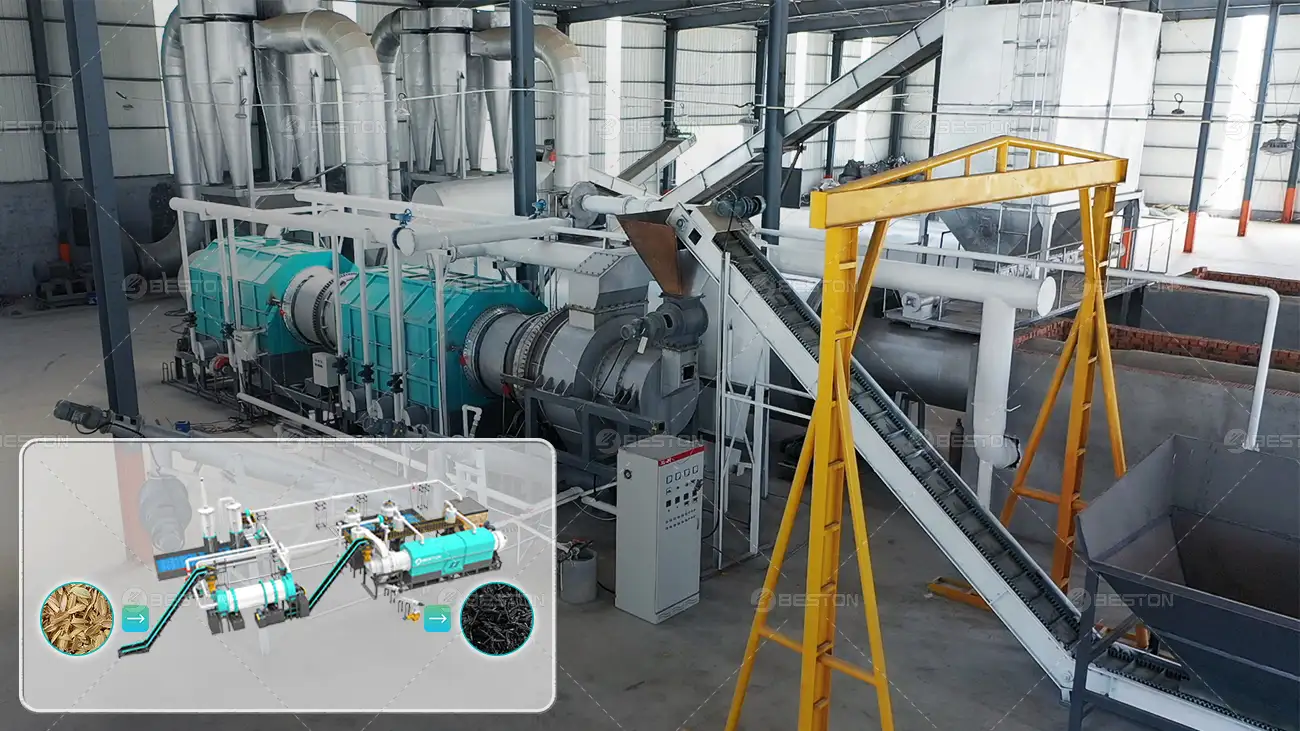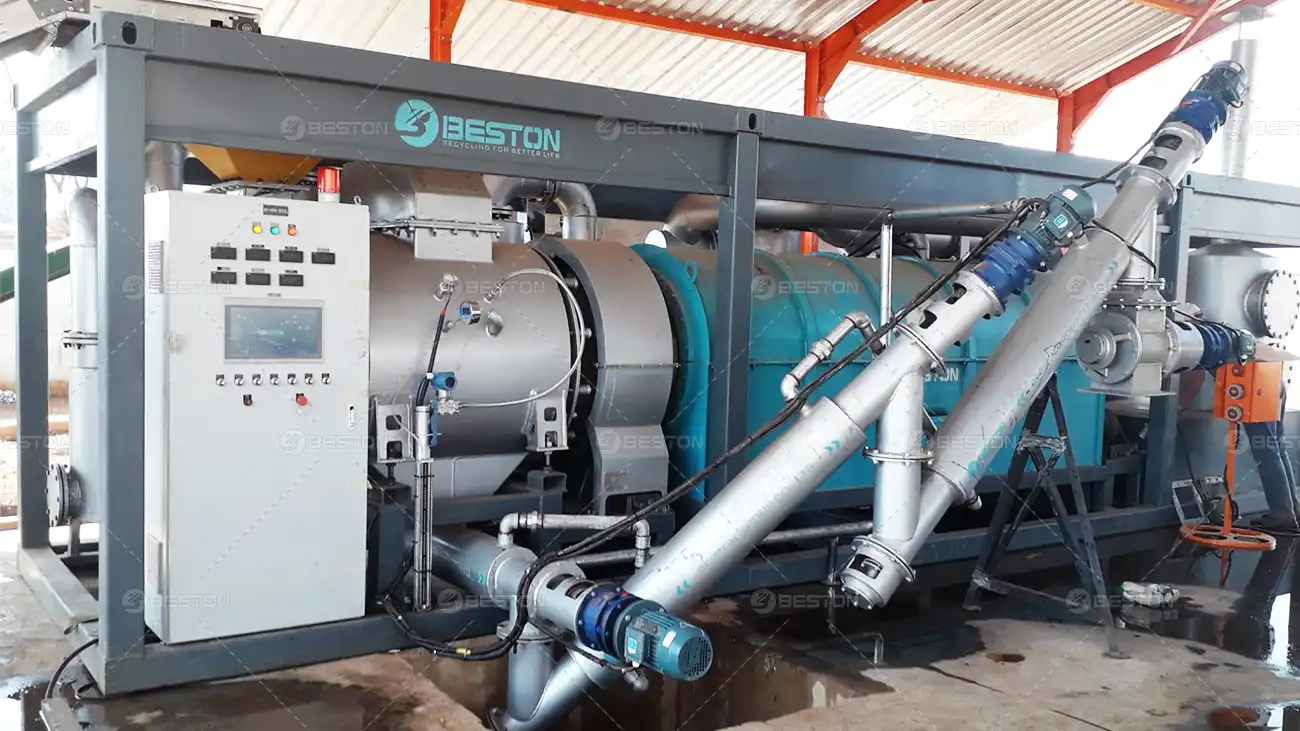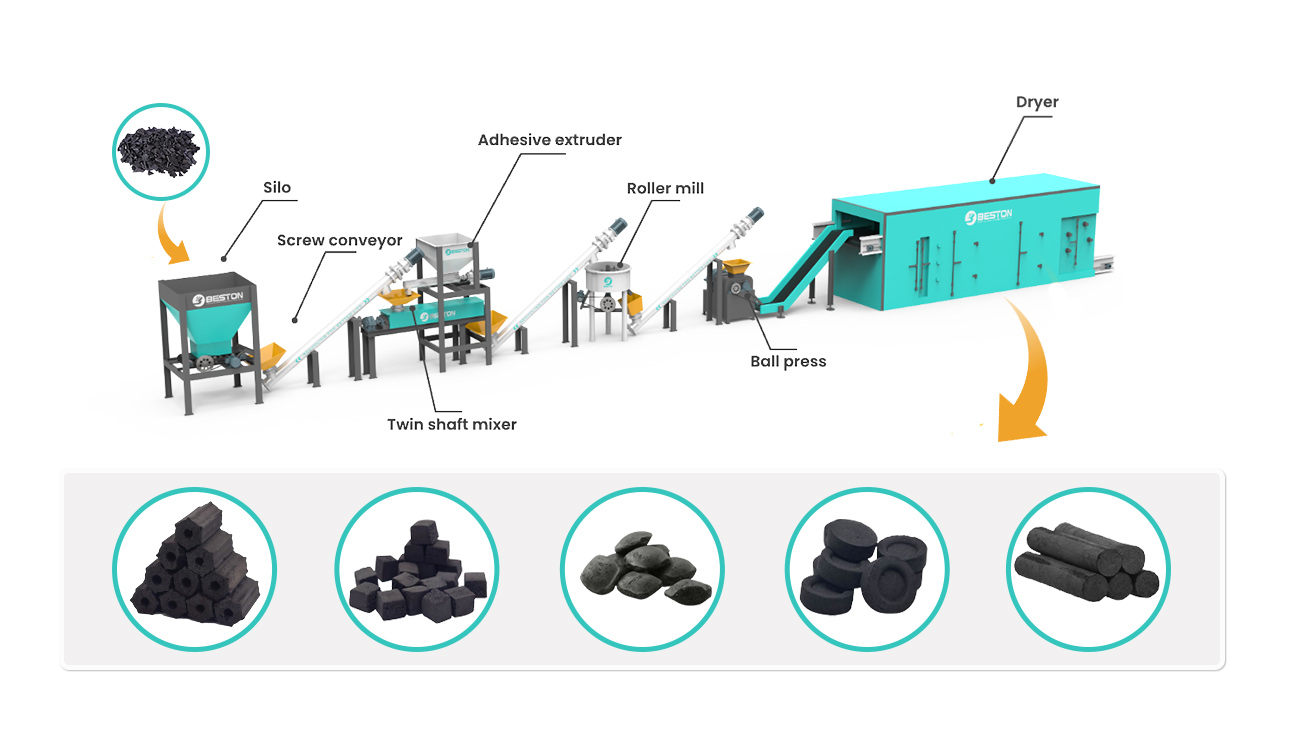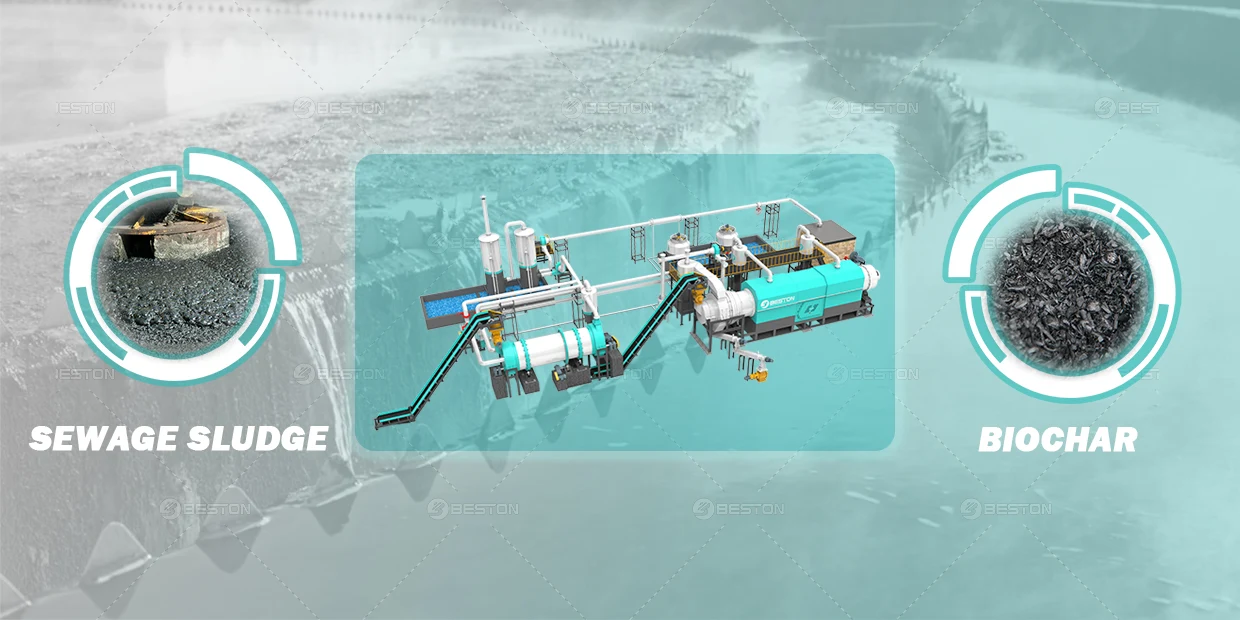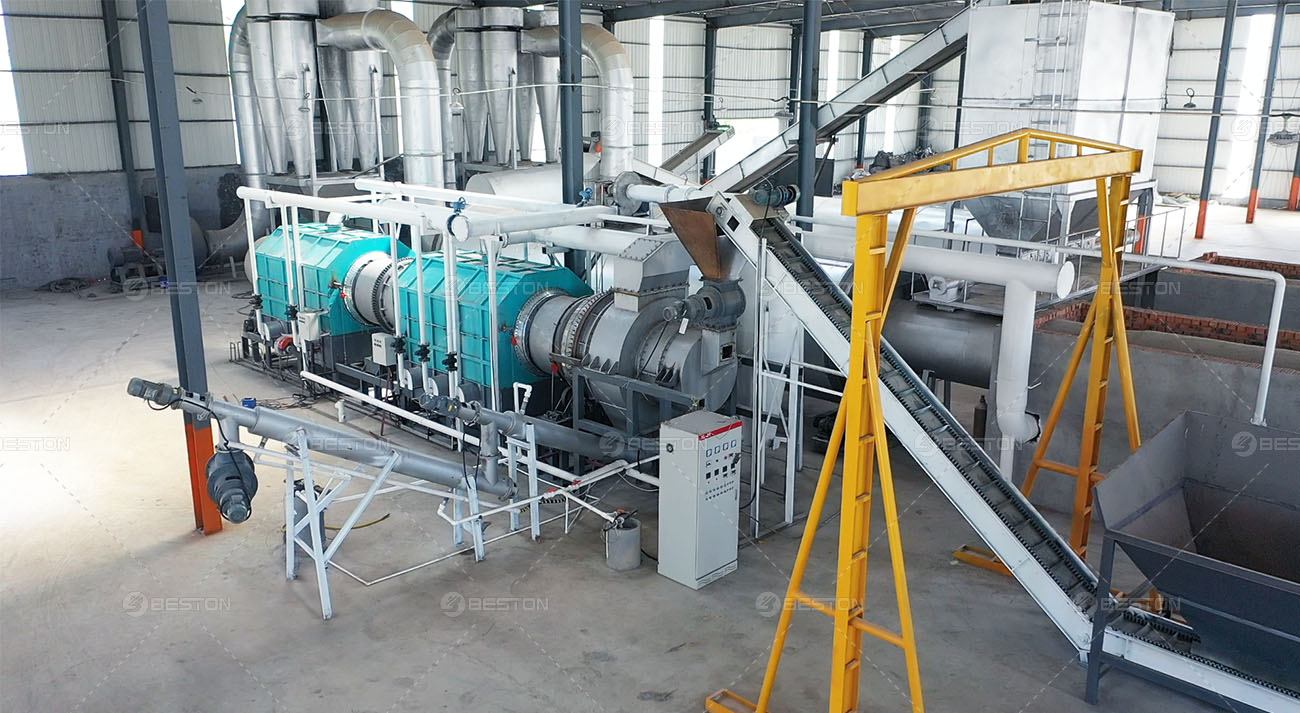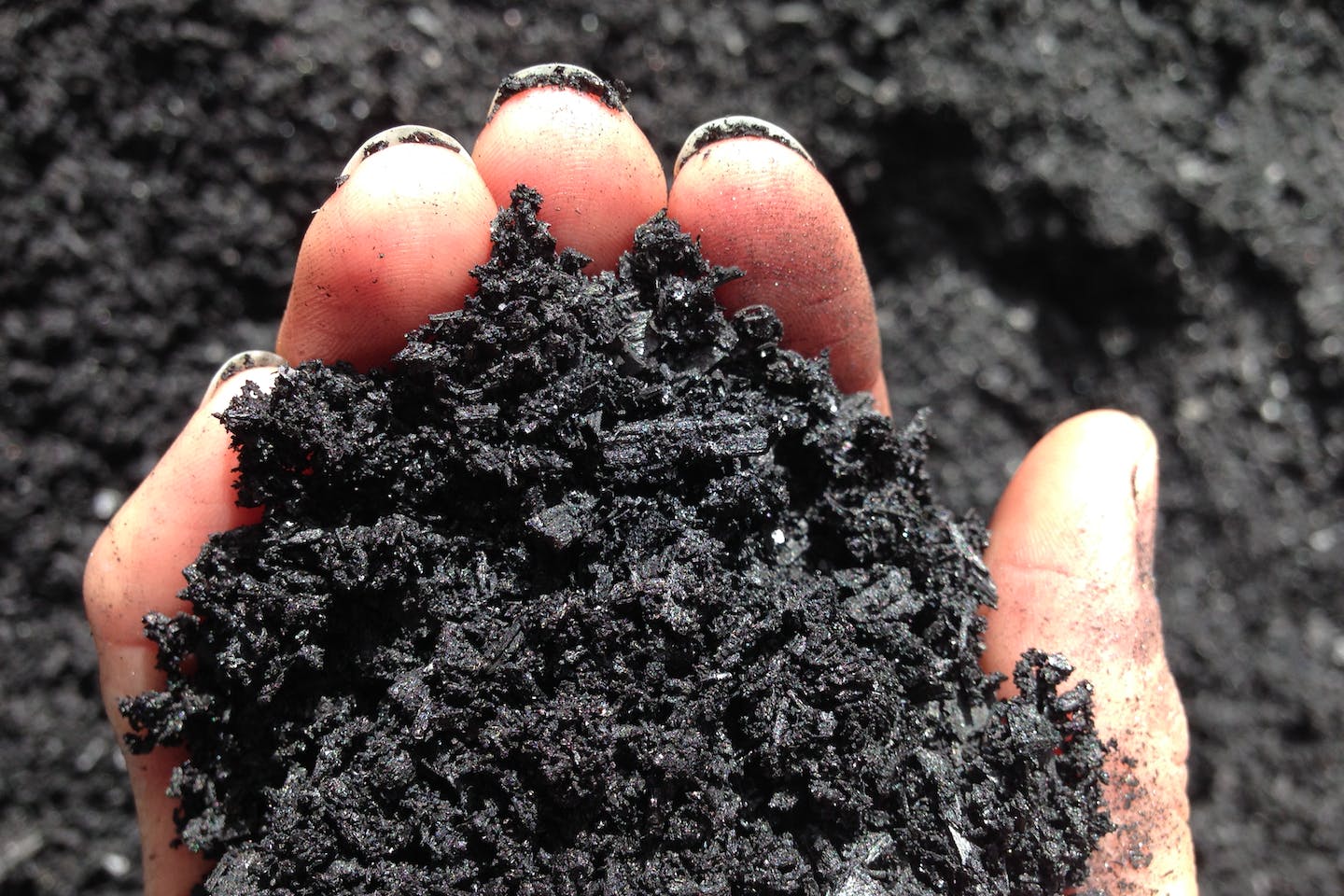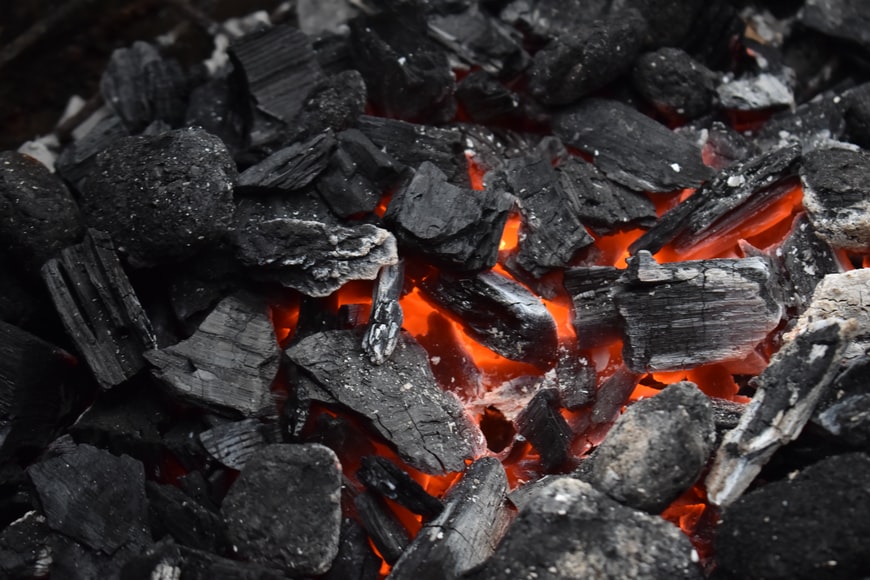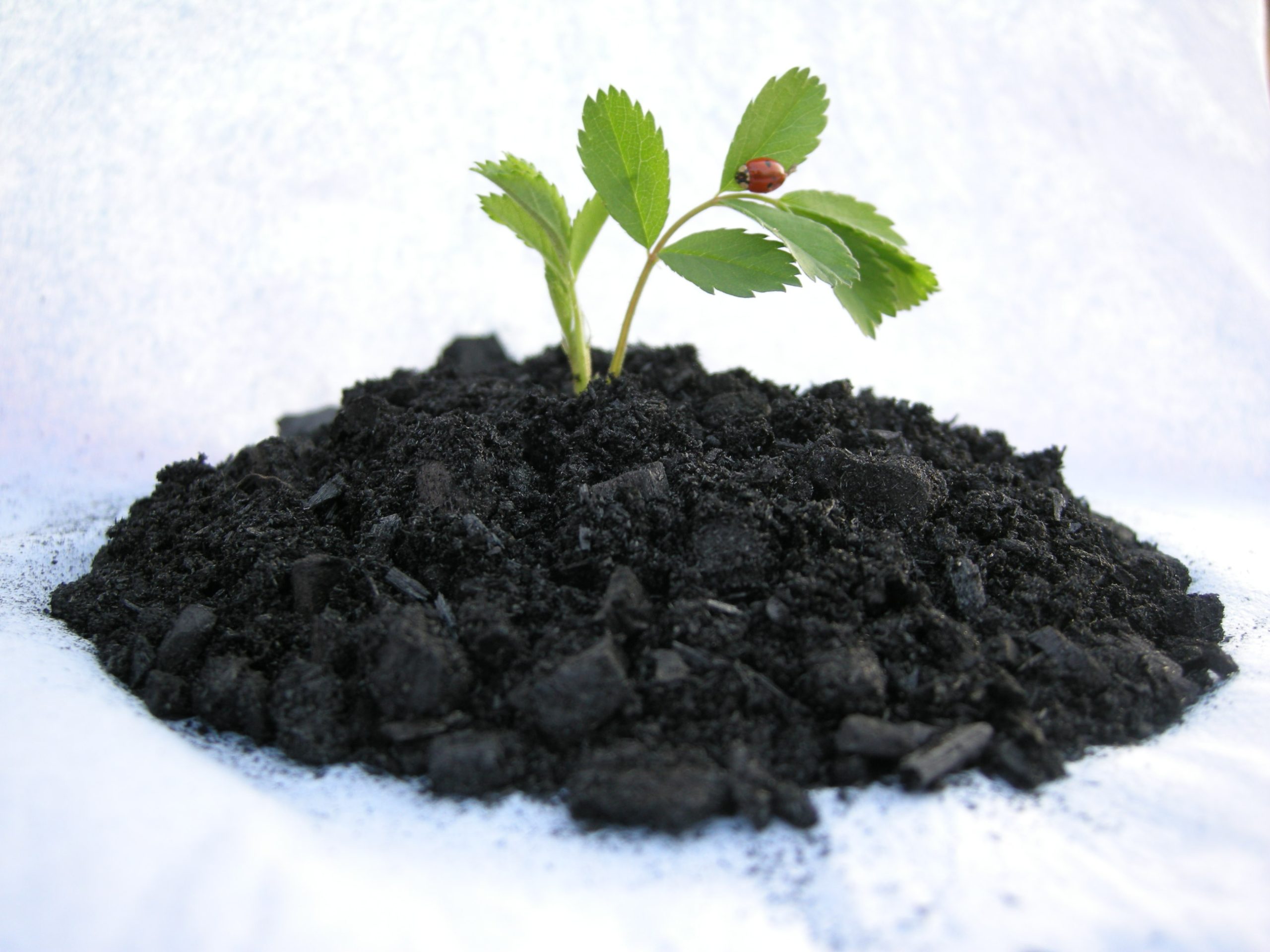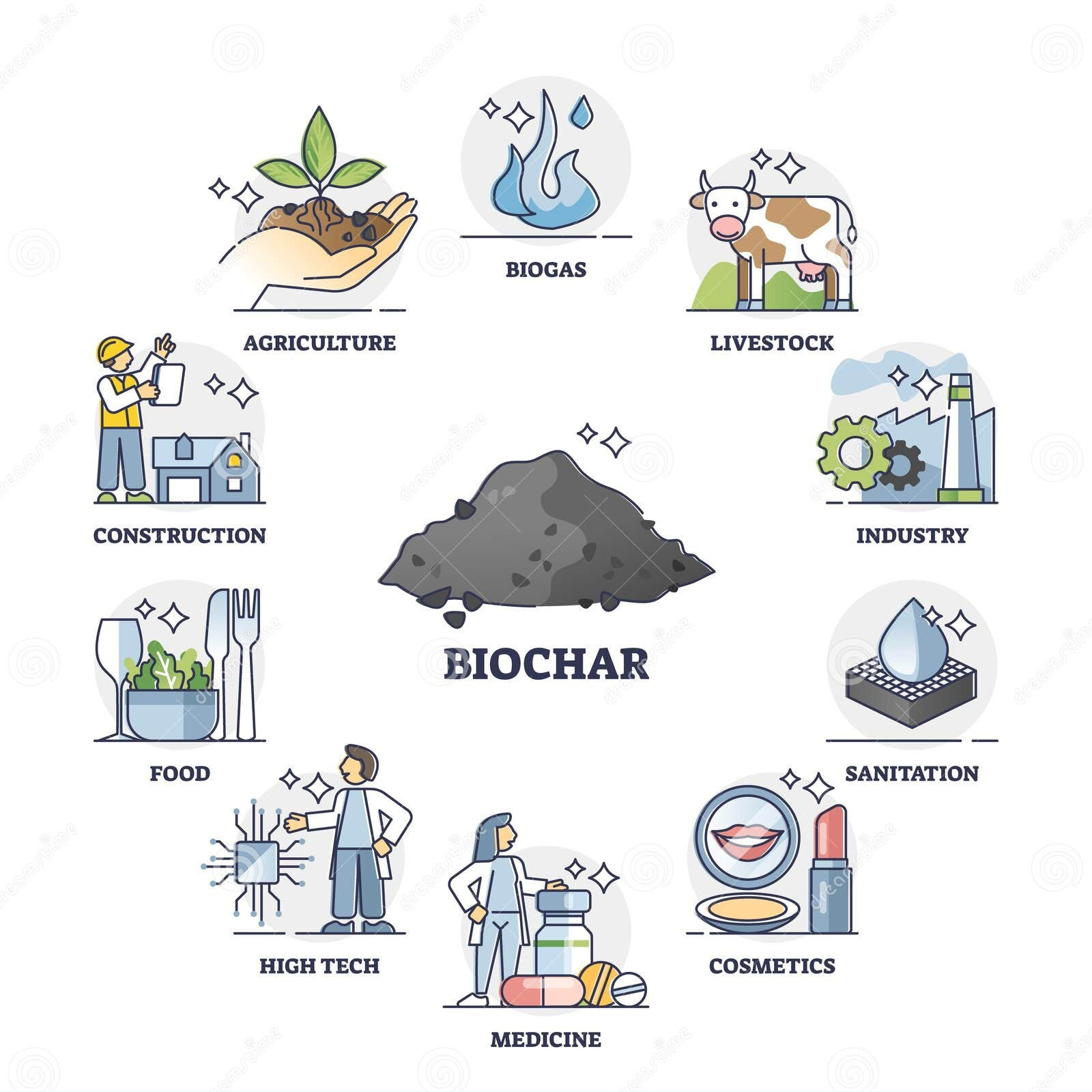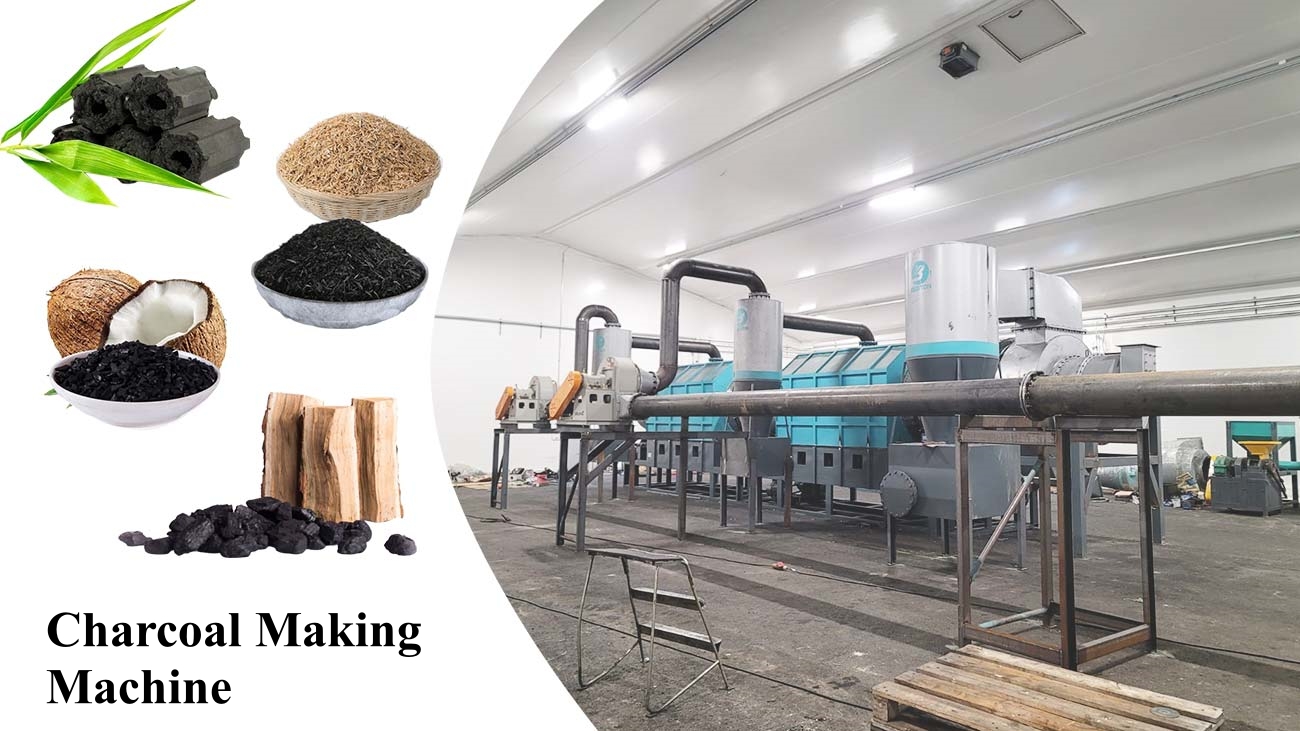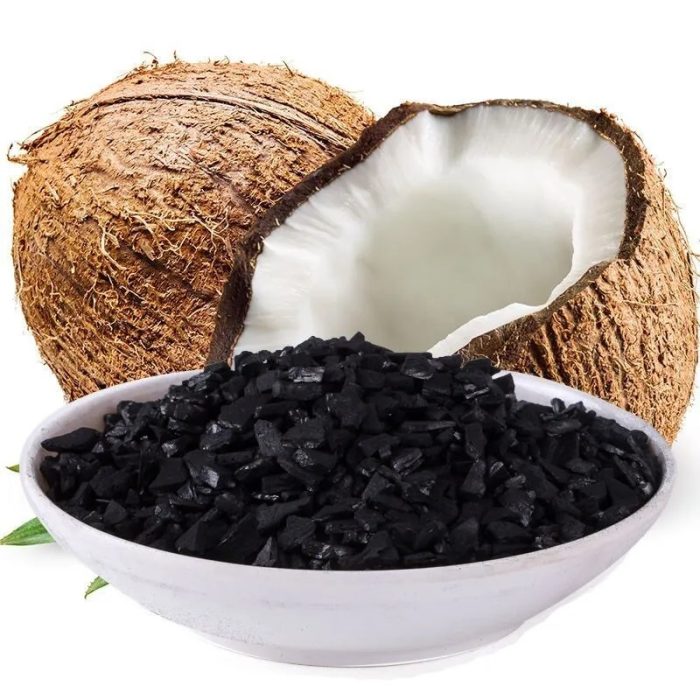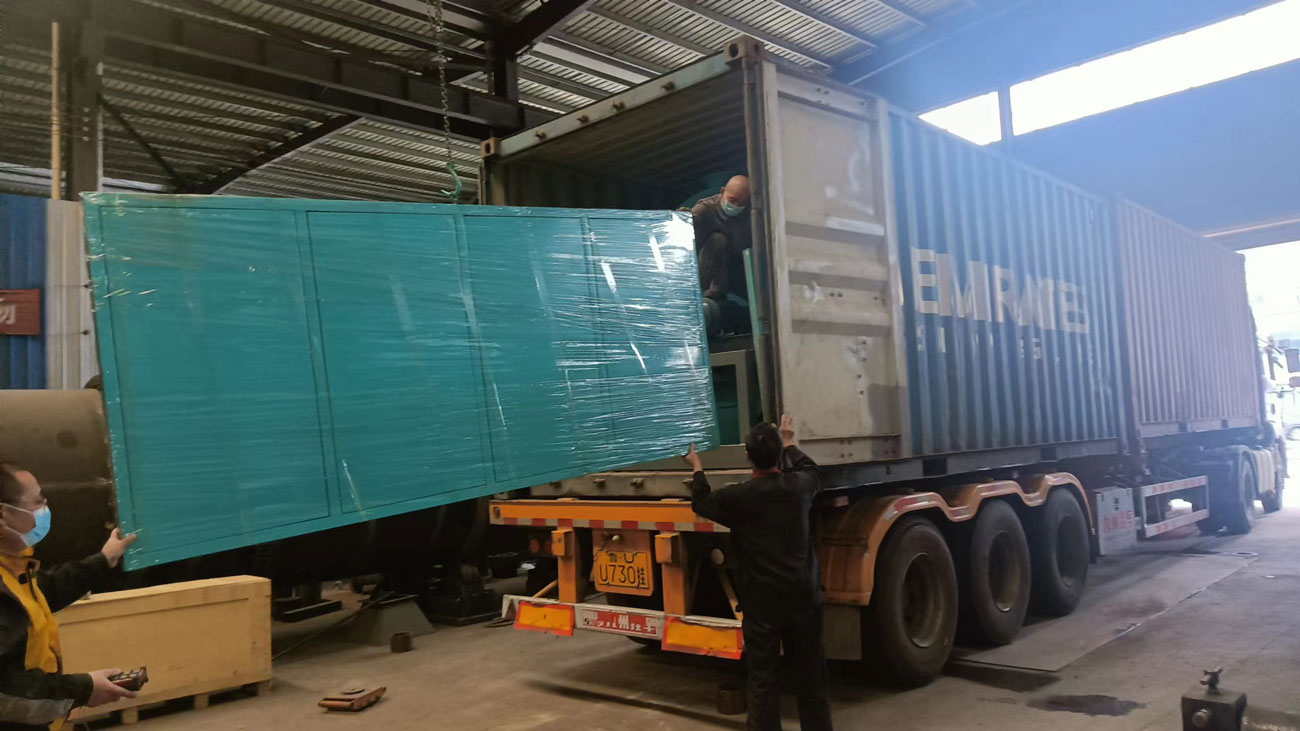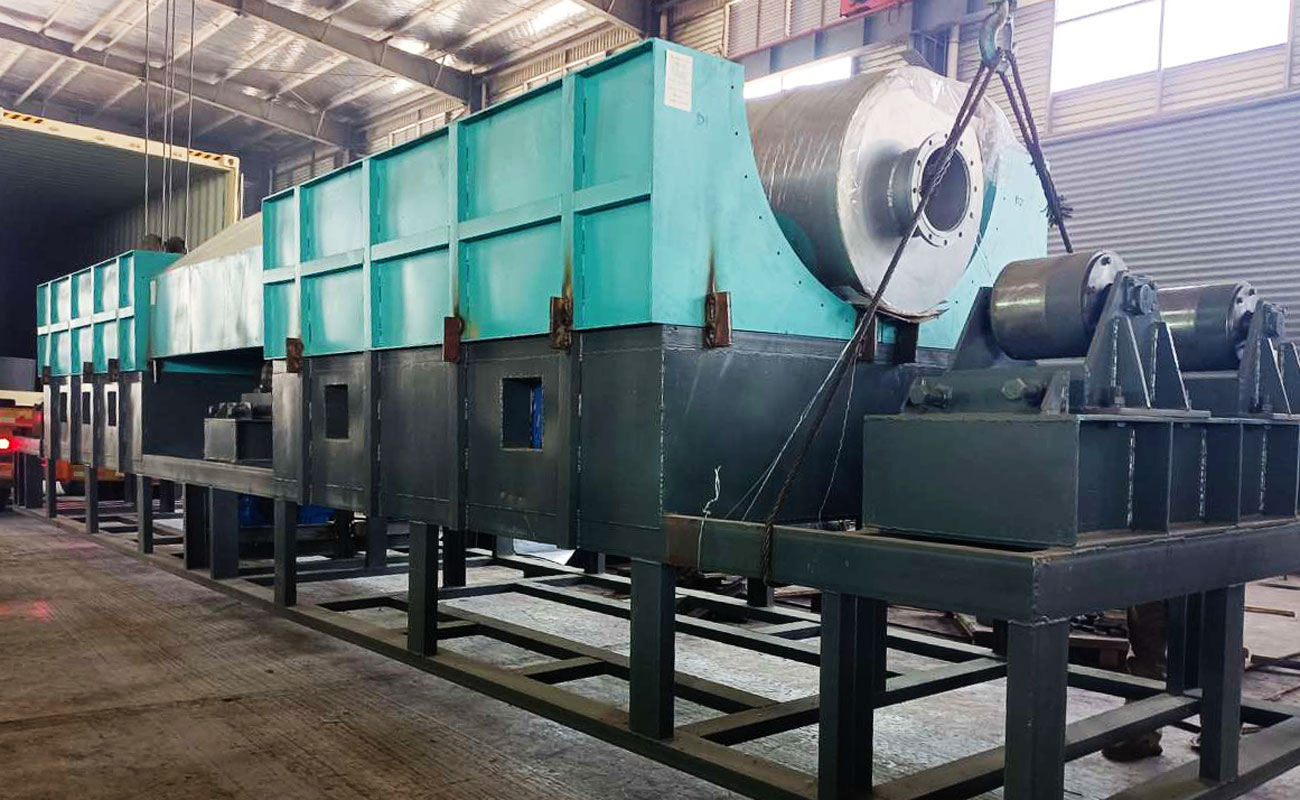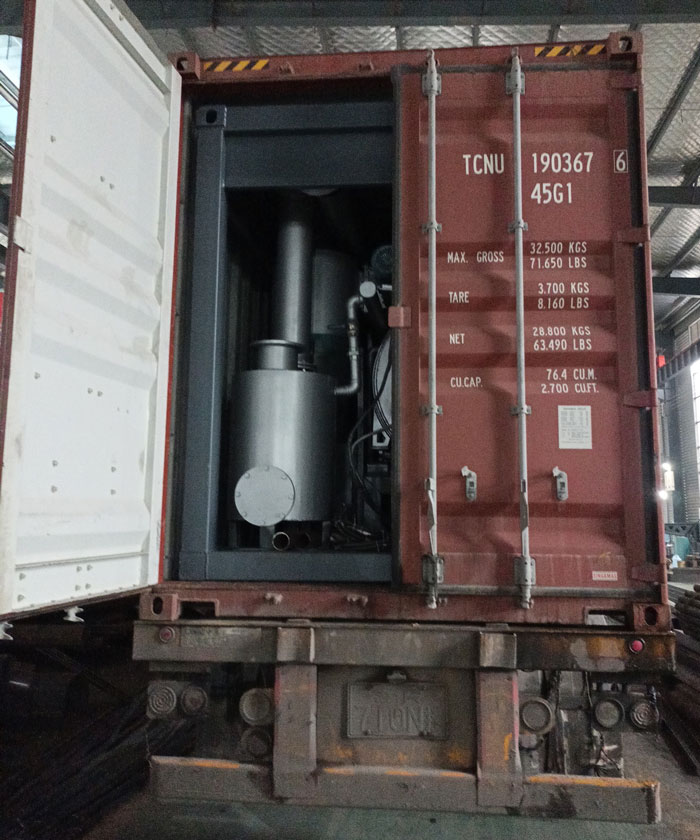Charcoal Production in Metallurgy: Sustainable Alternative to Fossil Energy
The metallurgy industry, a significant consumer of energy, is gradually exploring and adopting alternatives to traditional fossil fuels. The utilization of charcoal in metal extraction and refining processes is a prominent example of how sustainable practices can be integrated into heavy industries. Charcoal, produced through the pyrolysis of biomass, has gained attention for its potential to replace fossil energy sources in metallurgy. This shift toward renewable energy sources aligns with the global movement towards decarbonization and sustainability.
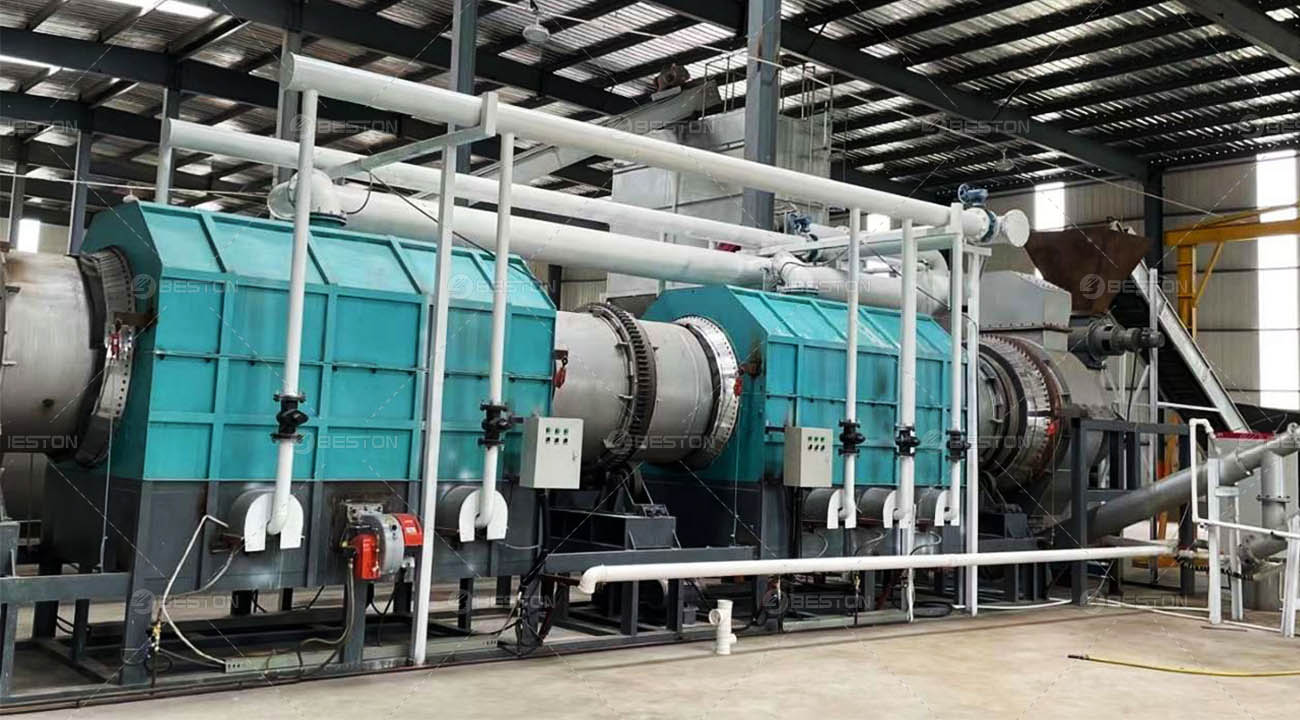
Charcoal as a Renewable Energy Source
Charcoal production involves the thermochemical conversion of organic materials such as wood, agricultural residues, or other biomass into a solid fuel. Unlike fossil fuels, which take millions of years to form and release harmful pollutants when burned, charcoal is a renewable resource that can be produced sustainably from charcoal making machine. It contains a high carbon content, making it suitable for combustion and metal reduction processes in metallurgy.
In traditional metallurgy, fossil fuels, primarily coke (a derivative of coal), have been the main energy source for processes like smelting and refining metals. These methods release large amounts of carbon dioxide (CO2) and other greenhouse gases into the atmosphere, contributing to climate change. As global efforts intensify to reduce carbon emissions, industries are seeking alternatives that can reduce their carbon footprint. Charcoal, produced from renewable biomass sources, offers an effective solution for decarbonizing the metallurgy sector.
The Role of Charcoal in Metallurgical Processes
In the context of metallurgy, charcoal is primarily used as a reducing agent in the extraction of metals from ores. The high carbon content of charcoal facilitates the reduction of metal oxides into their elemental form during processes like smelting. For instance, when producing iron from iron ore, charcoal can be used in place of coke to reduce iron oxides (Fe2O3) into molten iron (Fe). This process, known as reduction, is a critical step in metal production.
Moreover, charcoal is also used in the refining of other metals, such as copper and gold, where it serves as both a fuel and a reductant. In these applications, charcoal contributes not only to the energy needs of the process but also to the reduction of metal impurities, improving the quality of the final product.
Charcoal production technology has advanced significantly in recent years, making it a viable alternative to fossil fuel-based energy sources in metallurgy. The adoption of modern biomass pyrolysis plant allows for large-scale production of high-quality charcoal, ensuring consistency and efficiency in the metallurgical applications. These machines convert biomass into charcoal in a controlled environment, optimizing both yield and quality.
Advantages of Charcoal Over Fossil Fuels in Metallurgy
The shift from fossil fuels to charcoal in metallurgy offers several advantages. First, charcoal is a carbon-neutral energy source, meaning the CO2 released during its combustion is offset by the CO2 absorbed by the biomass during its growth. This significantly reduces the net carbon emissions compared to fossil fuels, which release stored carbon into the atmosphere without any mechanism for offsetting the emissions.
Second, using charcoal in place of coke can help reduce the dependency on coal, which is a finite resource. Charcoal, being derived from biomass, can be replenished through sustainable forestry and agricultural practices, making it a more sustainable and reliable energy source in the long term. Additionally, as charcoal is a cleaner fuel compared to coke, it produces fewer harmful pollutants and particulate matter, improving air quality and reducing environmental impact.
Third, the production of charcoal from biomass can contribute to waste reduction. Many agricultural residues and forest by-products, which would otherwise be discarded or left to decompose, can be utilized as feedstock for carbonization machine. This not only helps in managing waste but also provides a value-added product that can be used in various industrial applications, including metallurgy.
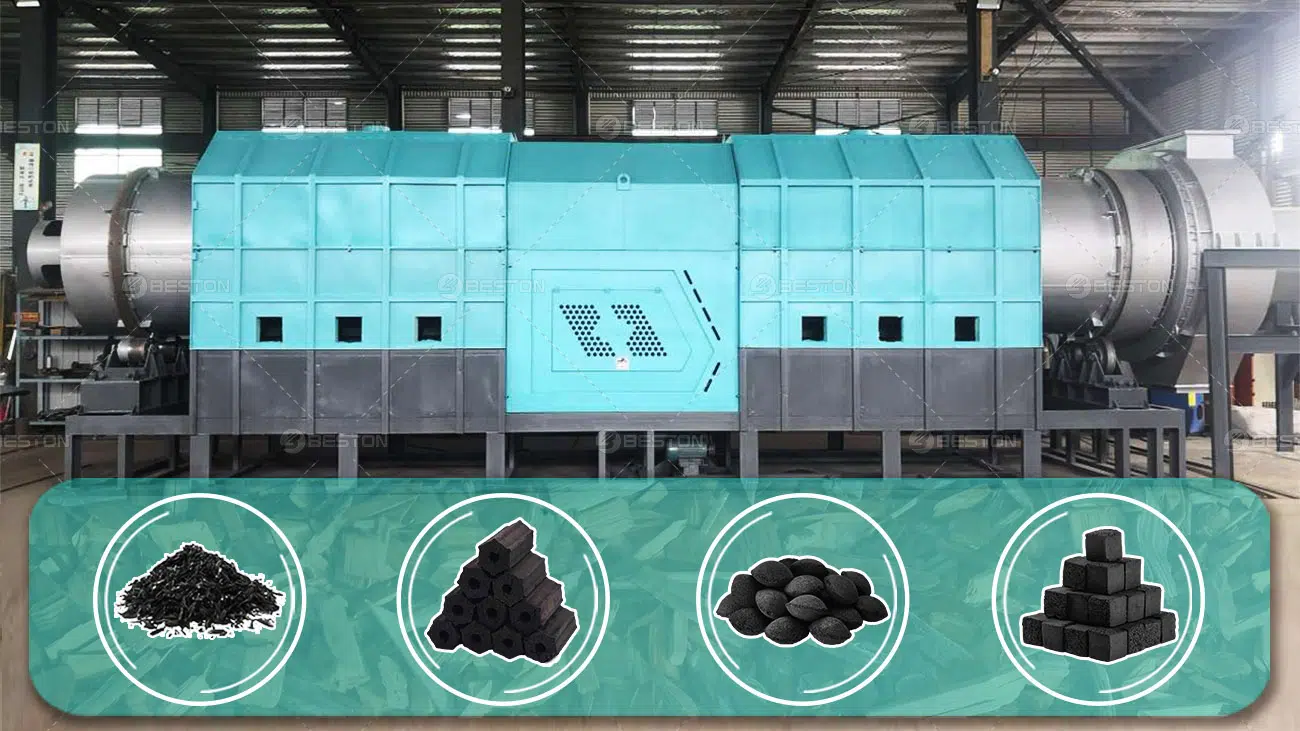
Economic Considerations
While charcoal is a promising alternative to fossil fuels, the initial cost of transitioning to charcoal-based metallurgy processes may be a barrier for some industries. The cost of a charcoal machine, as well as the investment in biomass supply chains, can be substantial. However, as demand for sustainable and low-carbon products increases, the economics of charcoal production are becoming more favorable. Moreover, governments around the world are offering incentives and subsidies to support industries in adopting greener technologies, making the transition to charcoal-based metallurgy more financially viable. For more charcoal production solutions, visit https://www.bestongroup.com/
Over time, the use of charcoal could lead to cost savings in other areas. For instance, industries that rely on coal may face increasing costs due to carbon taxes and environmental regulations. By transitioning to charcoal, these industries could mitigate the financial impact of such regulations while also benefiting from the use of a renewable resource.
